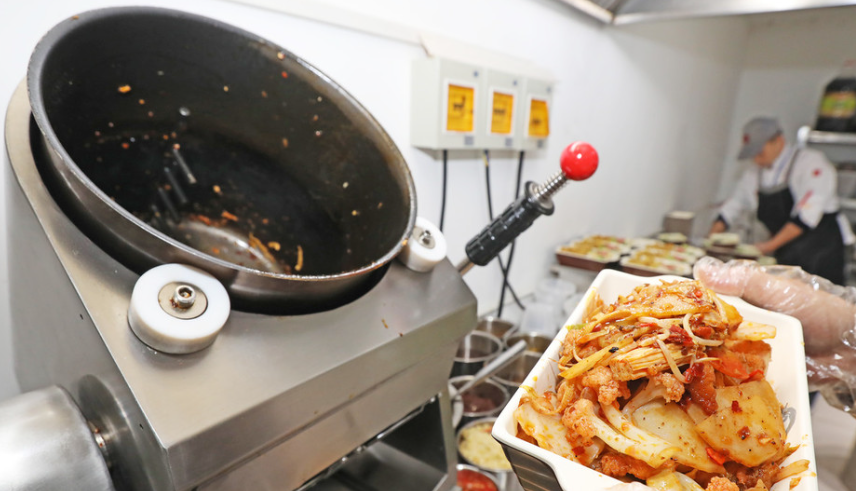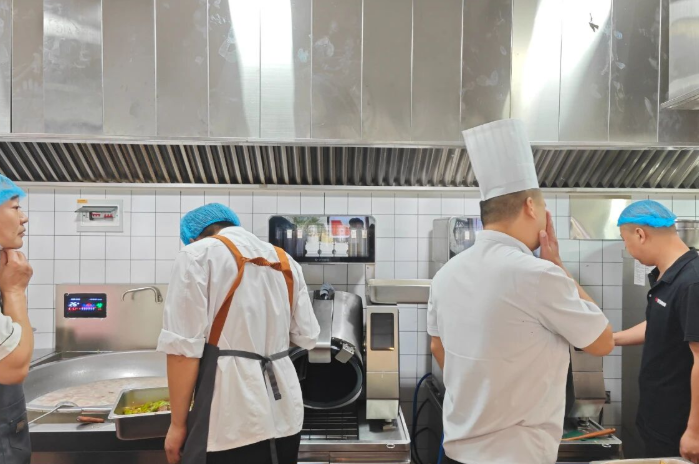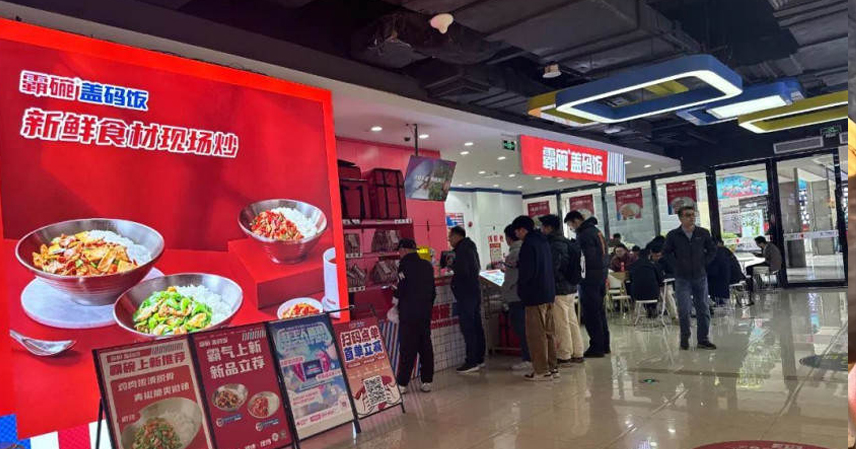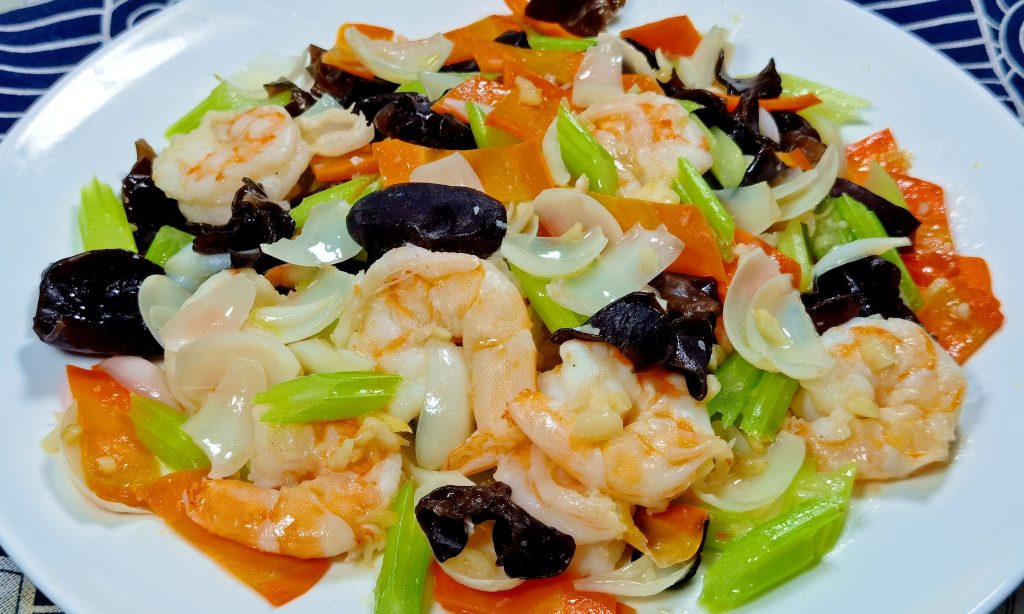A milestone in China’s catering industry: Ba Wan Gai Ma Fan, a popular stir-fry rice bowl chain, recently announced its first outlet in Nanchang while confirming a nationwide total exceeding 1,000 stores. This surge highlights the transformative role of intelligent cooking robots in scaling Chinese fast food, turning labor-intensive models into efficient, profitable operations.
Ba Wan’s Meteoric Rise: From Local Gem to National Powerhouse
Launched in 2018 in Changsha, Hunan, Ba Wan captivated diners with its “fresh-on-demand stir-fry” concept, earning quick acclaim. It took just four years to hit around 200 locations. By 2023, aggressive national rollout targeted tier-one markets like Shanghai, Tianjin, Sichuan, Jiangxi, and Fujian, reaching 500 stores in 2024. Momentum peaked in 2025: Nearly 100 new outlets in June and July alone propelled it past the 1,000-store mark by September.

This velocity isn’t mere luck—experts attribute it to Ba Wan‘s pioneering use of self-developed cooking robots, a strategy embedded from day one and now refined through three major upgrades.
Kitchen Automation: Solving Scale in Stir-Fry Cuisine
As one of the earliest adopters of cooking robots in mid-range Chinese dining, Ba Wan decoupled growth from chef shortages. Traditional Hunan stir-fries demand skilled hands, inflating labor costs and hindering standardization. Robots enable “chef-lite” kitchens: Consistent flavors, faster prep, and out-the-door efficiency without the talent crunch.
The payoff? Lower overheads and reliable scaling—key for chains eyeing hyper-growth in a competitive fast-food market.

Peers in the Pipeline: Robots Reshaping Rivals’ Playbooks
The ripple effect is evident across Chinese fast-casual chains, where automation counters rising expenses and demand for speed.
- Nan Cheng Xiang: Rolled out intelligent stir-fry machines in Beijing stores from 2024, backing it with a “10-minute delay, free meal” guarantee. Founder Wang Guoyu, at the recent China Catering Brand Festival, pledged full-system integration to boost uniformity.
- Lao Xiang Ji: Its July 2025 IPO prospectus revealed 388 restaurants equipped with automated gear—like cooking robots, smart steamers, and soup stations—by April 2025, streamlining operations amid expansion.
- Xiao Cai Yuan: With 660+ domestic sites post-2023 Hong Kong IPO, it began robot trials that year. Prospectus details allocate 100 million RMB from proceeds to acquire 2,000 units at 50,000 RMB each, signaling heavy investment in tech-driven consistency.
- Guo Quan: Debuted “Guo Quan Xiao Chao” in August 2025, leveraging robots for five-minute meals at half the price of dine-in spots—targeting budget-conscious urbanites.
From Ba Wan‘s robot-led thousand-store breakthrough to these adopters, cooking automation is redefining Chinese fast food. Whether giants or upstarts, brands are charting intelligent paths to efficiency, marking the dawn of a robot-orchestrated era in the sector.
References
- Official announcements from Ba Wan Gai Ma Fan WeChat public account (September 2025).
- IPO prospectuses for Lao Xiang Ji and Xiao Cai Yuan (2025 filings).



